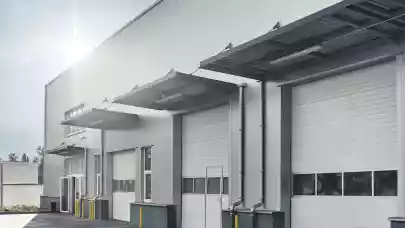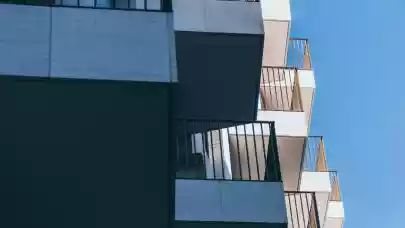
From the warehouse developers' perspective, 2023 will be marked by very well-thought-out purchases. With the costs of financing constantly rising, construction costs changing, and investors pressing for discounts on the existing warehouse market, the land market will be the first to feel this accumulated pressure, says Bartłomiej Krzyżak, Senior Director, Investment at Avison Young.
From the warehouse developers' perspective, 2023 will be marked by very well-thought-out purchases. With the costs of financing constantly rising, construction costs changing, and investors pressing for discounts on the existing warehouse market, the land market will be the first to feel this accumulated pressure.
Only well-prepared land with lease agreements signed by tenants has a chance to be the subject of a transaction and not just a non-binding option from developers regarding the purchase of land. Over the last 10 months, the pressure from the owners to raise prices has definitely decreased. Those owners who did not show understanding towards the dynamically changing economic situation and represented the strategy of price inflexibility will, in many cases, have to be back on the market with their land.
A noticeable change will also be visible in the approach of sellers to land security options. Many owners, tempted by high land valuations, did not care enough about the rights to permits and decisions for their land. Such permits do not pass automatically to the owner, but to the developer applying for them. As a rule, so far this has been justified in a situation where in most cases a final agreement was reached. Currently, when developers resign from purchasing part of secured land, the owners find out that all permits are the property of the buyer and the process of obtaining, for example, a building permit should be started from scratch at their own expense.
Undoubtedly in 2023, owners will be more prudent about the option of securing land, placing much greater emphasis on having rights to processed permits.
In terms of demand for prime land, the top 5 logistics hubs will continue to be the most liquid market. On the other hand, there is a noticeably growing demand for land along the western border and a slightly lower demand in the eastern part of the country – despite the impressive development of road infrastructure.
A strengthening trend in 2023 and in subsequent years, will be the growing demand for brownfield land in the largest urban agglomerations, headed by Warsaw, Tri-City, Wrocław, Kraków and Poznan. This, of course, is related to the development of last-mile logistics and the demand for smaller warehouse modules with office space. In many cases, the best brownfield projects may turn out to be a better solution than looking for an empty, undeveloped, but at the same time properly serviced plot.
To sum up, in 2023, Avison Young does not expect any new records to be broken on the logistics land market, although it will continue to be an active segment of the market.



